Gait Training
Table of Contents
What is a Gait Training?
Gait training is a type of physical therapy. It can help in improvising your ability to stand and walk. Your doctor may recommend gait training if you’ve had an illness or injury that affects your ability to walk normally. It can help you gain independence and confidence in walking, even if you need an adaptive device.
When do you need Gait Training?
There are some reasons why you may need gait training and physical therapy. You need this kind of treatment if you have recently suffered an injury or undergone any lower limb, brain, or spine surgery.
What is Abnormal Gait?
Abnormal gait or an abnormal walk is described as when a person is not able to walk in a normal manner. This can occur due to injuries, underlying physical conditions, or problems with the legs and feet.
Walking may seem to be an uncomplicated activity. although, there are several systems of the body, like muscle strength, coordination, and sensation, that work altogether to allow a person to walk with what is considered a normal gait.
When one or more of these interacting systems is not working in coordination, it can result in abnormal gait or walking abnormality.
This can be caused due to any of the following reasons:
- illness
- genetic factors
- injury
- abnormalities in the legs or feet
In some cases, gait abnormalities may be corrected on their own. In other cases, an abnormal gait may be continued for a long time. In either case, gait training can help improve a person’s gait and decrease any uncomfortable symptoms so that person can walk without any discomfort ness.
Benefits of Gait Training Physical Therapy Treatments;
Walking is such an essential part of your life, correction in gait can make a significant positive effect.
Normalizing of gait
When there is some uneasiness in your gait, the rest of your body physically compensates for that abnormality. When this happens, pain symptoms sometimes begin to appear in other parts of the body.
As the gait starts to become normal, these pain points will get normal or will disappear.
Relief from compensatory injuries in other body parts
As we describe earlier that our body parts will try to compensate for abnormalities in our gait. so, because of that, our body is more prone to risk for compensatory injuries.
correcting your gait helps to decrease the chances of other injuries and also provides relief from that which may have already occurred.
Getting reduction from unnecessary use of energy
Due to the difficulty in walking, your body requires a higher amount of energy than it should be used in simple activities such as walking down the street or up the stairs.
Treatment
Choosing the right assistive device

The person may need an assistive device to help in walking just after a lower extremity injury or surgery. Your therapist can help you in choosing the correct
Here are some examples of assistive devices:
- Crutches
- Wheeled walker
- Standard walker
- Lofstrand crutches
- Quad cane
- Standard can
Your therapist can ensure that the device is proper in size for you. They can help you in using the assistive device in the right way.
There are Some people use their assistive device for shorter periods of time; others with major impairments need to use it regularly. Your therapist will tell you when it is time to discontinue your assistive device.
If the person is working on gait training in the physiotherapy clinic, they may get training with parallel bars. The parallel bars must be stable enough to allow you to use your arms for support while learning to walk normally again.
Range of motion exercises
When your lower extremity gets injured, after that you may need to focus on regaining and maintaining the normal range of motion (ROM) in your injured extremity’s joints. Many times after surgery is done, swelling may cause limitations in joint ROM.
Range of motion affected limb can also be limited because of some tight muscles or surroundings structures that happened after a long time of immobilization following injury or surgery. Working on regaining that normal movement may be part of your gait training treatment program.
Exercises that help you to increase lower extremity ROM may include:
- Ankle pumps
- Calf stretch with a towel
- Heel slides to improve knee ROM
- Hamstring stretches
- Hip rotation stretches
- Maintainance of full ROM as you learn to walk normally again can help your joints move freely as you step and also bear weight onto each leg
Lower extremity strengthening
Strengthening exercises may be included in your gait training exercise program. If you feel weakness in your hips, knees, or ankles, this may help you walk safely.
Strengthening Exercises for lower extremities may include:
- Straight leg raises
- Quad sets and short arc quads
- Ankle strengthening with resistance bands
- Mini squats
- Step-ups
- Exercises should be done very slowly, and it is necessary that person use light resistance and high repetitions for lower extremity gait training exercises. Because in normal walking there is low resistance and high repetition activity. Your exercises should copy that type of motion.
Stepping over obstacles
One way to improve your gait is to focus attention on the motions that going to occur in your legs during walking. One way to perform that motion repetitively is called as perform stepping exercises over obstacles or small hurdles. This pushes you to flex your buttocks up high and bend your knees up behind you when walking.
Obstacle Gait Training
Steps to Do Obstacle Gait Training
Put five or six small obstacles in one row almost 15 inches apart. Obstacles can be anything like rolled towels, athletic hurdles, or small stacks of wooden blocks
Stand facing towards the obstacles, and step over one with one foot at a single time.
Keep your other foot next to your first foot, then next step repeat walking over the obstacles with one foot. After that person should turn around towards obstacles again and step over the obstacles leading with their other foot first.
When this motion becomes get easy, the person should step over the first obstacle, then step all the way over the next obstacle in that row. Do not forget to lift your knee up high and lift your foot and ankle up towards your hips during taking steps.
The person should Repeatedly do this type of walking over the obstacles for 10 repetitions.
FAQ
Mostly gait training includes breaking into parts of the whole gait cycle, training and correcting the abnormal gait cycle, according to the assessment of proper exercise and gait training plans for a return to a more normal gait cycle. This can include the Symmetrical weight bearing between lower limbs in the stance phase
Gait training can help in strengthening your weak muscles and joints also improve body balance and posture, reduce your risk of falling, and overall improve mobility. Gait training is an essential part of the treatment program for underlying conditions to improve mobility and get your legs back to normal and ready for repetitive movement as well as develop muscle strength
The causes of abnormal gait include neurological conditions such as sensory or motor impairments, orthopedic problems such as osteoarthritis and skeletal deformities, and medical conditions like heart failure, respiratory insufficiency, peripheral arterial occlusive disease, and obesity.
Normally, In most cases, gait can be corrected after assessing the condition and planning treatment mainly certain exercises to make better your gait coordination and balance.

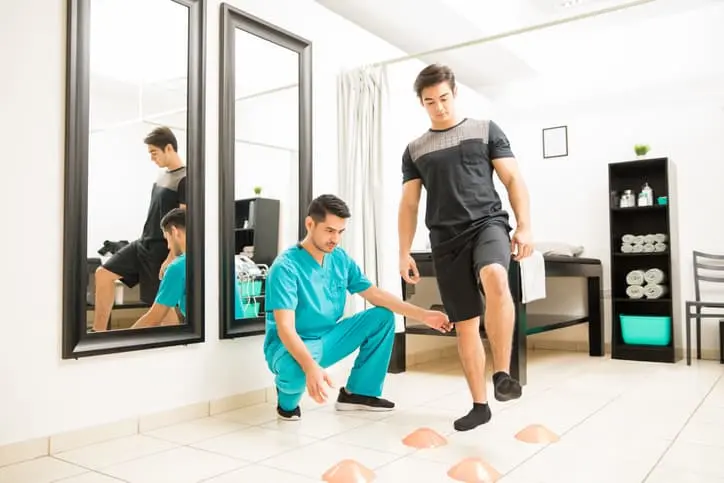
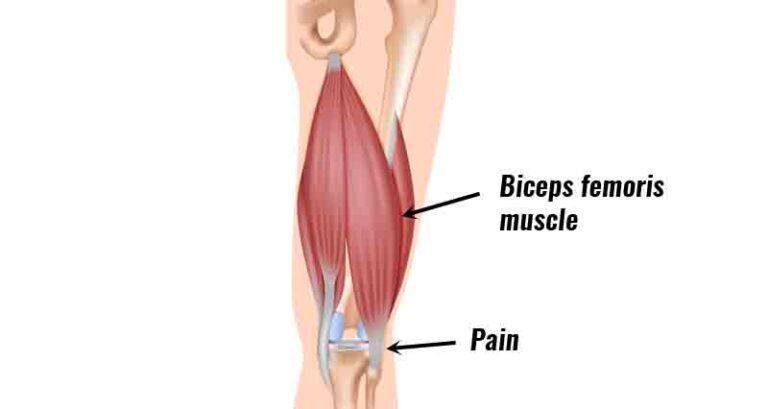
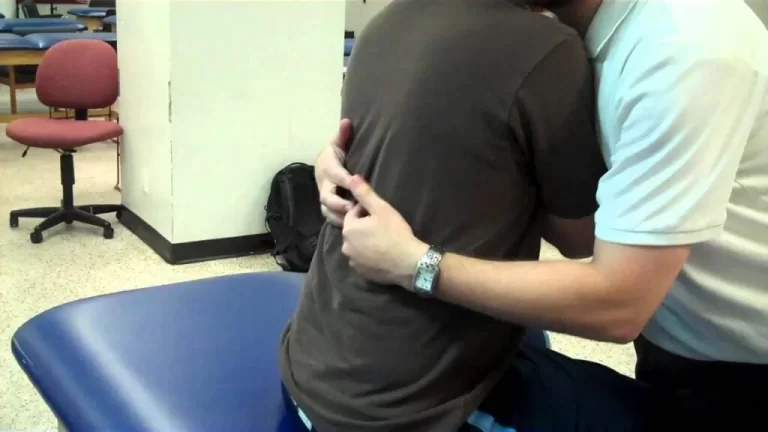
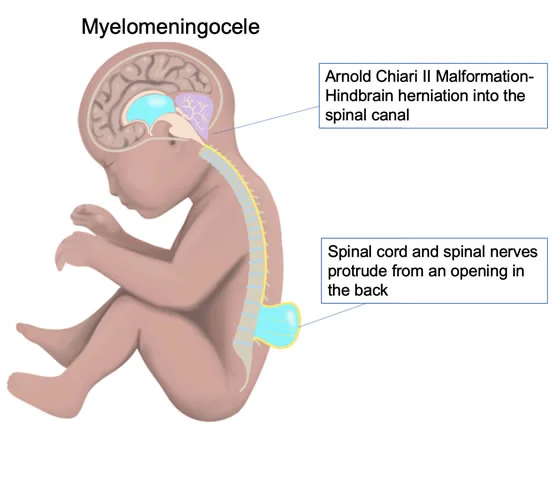
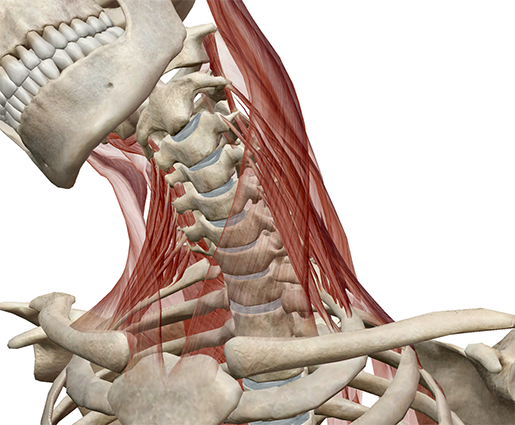
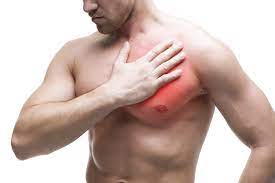
8 Comments